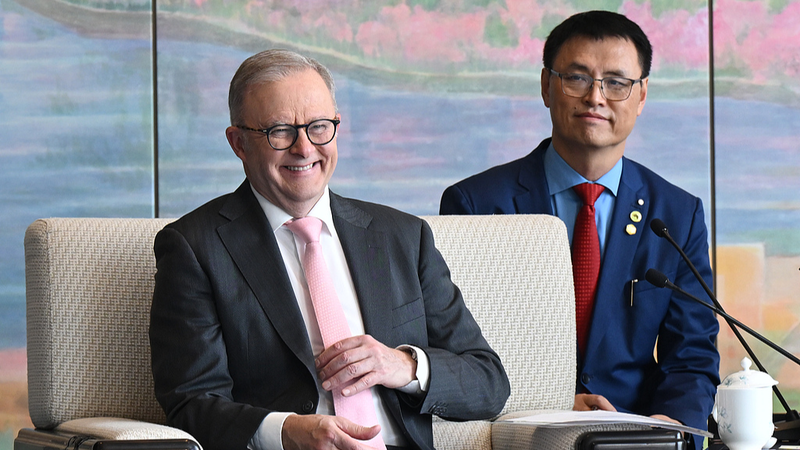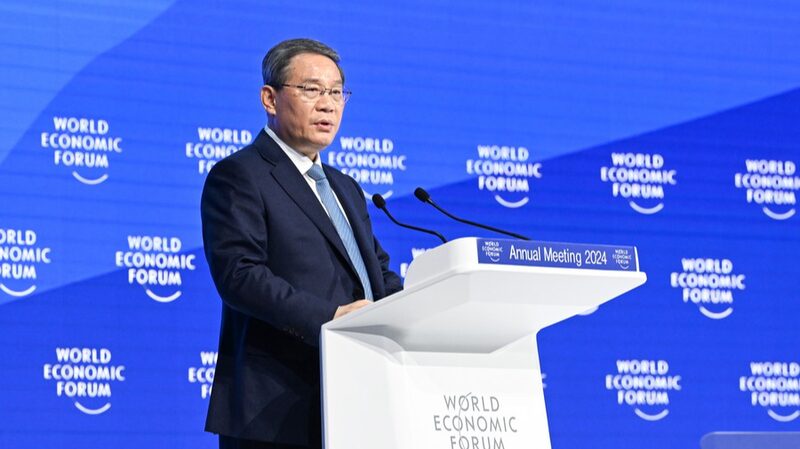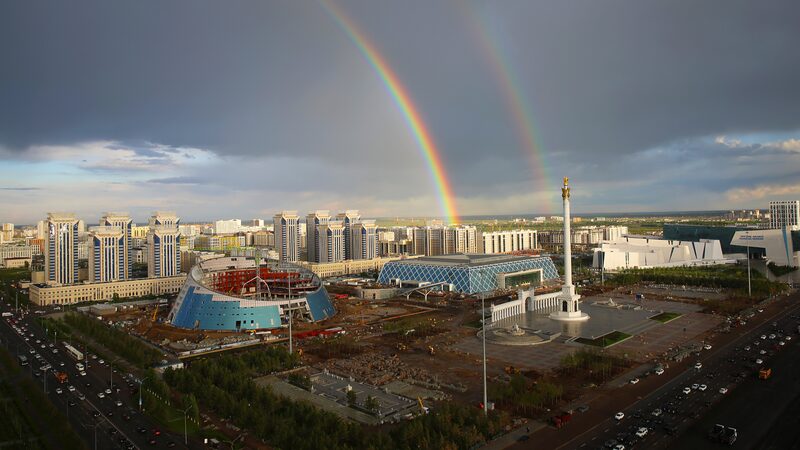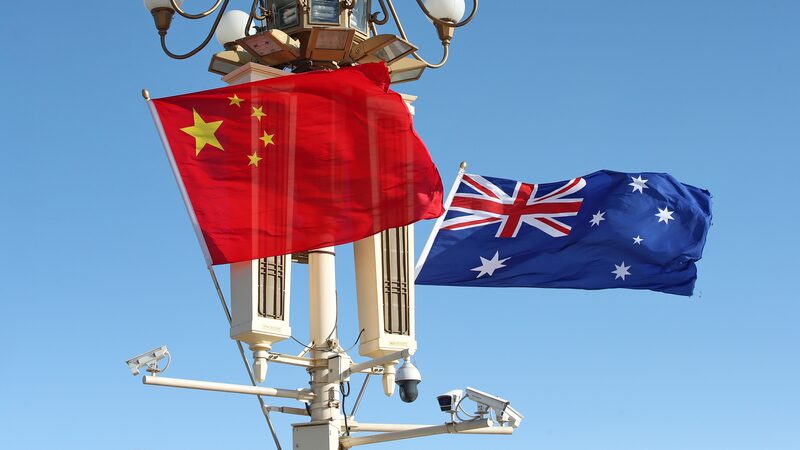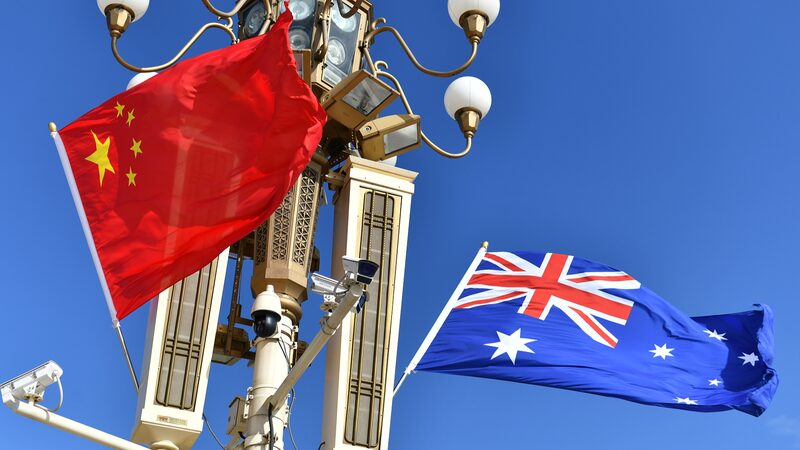Australian Prime Minister Anthony Albanese's high-profile visit to China this week marks a pivotal moment in bilateral relations, with economic collaboration and climate cooperation taking center stage. The trip, spanning Beijing, Shanghai, and Chengdu from July 12 to 18, comes as the two nations celebrate a decade of comprehensive strategic partnership.
Chinese Foreign Ministry spokesperson Mao Ning emphasized the visit's significance, stating it aims to 'strengthen communication, enhance mutual trust, and expand practical cooperation.' Analysts note the timing reflects Australia's strategic recalibration toward its largest trading partner following recent geopolitical shifts.
Economic Foundations
With China accounting for 25% of Australia's exports and bilateral trade exceeding $210 billion in 2024, Albanese's business-heavy delegation underscores commercial priorities. Representatives from mining giants Rio Tinto and BHP join financial leaders from Macquarie Bank and HSBC Australia in exploring opportunities across energy, agriculture, and advanced manufacturing.
'The economic ties between our countries create jobs and stabilize relations,' Albanese told reporters, referencing the 600,000 Australian jobs supported by China trade. Recent agreements, including a five-year visa program and unilateral visa exemptions for Australians, aim to boost tourism and educational exchanges.
Green Energy Synergy
Beyond traditional sectors, both nations are eyeing climate collaboration. Clean Energy Finance analyst Caroline Wang noted China's dominance in renewable technologies: 'Australia needs Chinese expertise in solar, EVs, and lithium processing to meet its emission targets.'
Chinese Ambassador Xiao Qian highlighted expanding cooperation in clean energy and healthcare through state media, framing the partnership as critical for regional stability amid global protectionism.
As Albanese's delegation explores Sichuan's renewable energy hubs and Shanghai's financial centers, observers watch for concrete agreements that could shape Asia-Pacific economic dynamics for years to come.
Reference(s):
Albanese's China visit to focus on stronger economic ties, cooperation
cgtn.com
